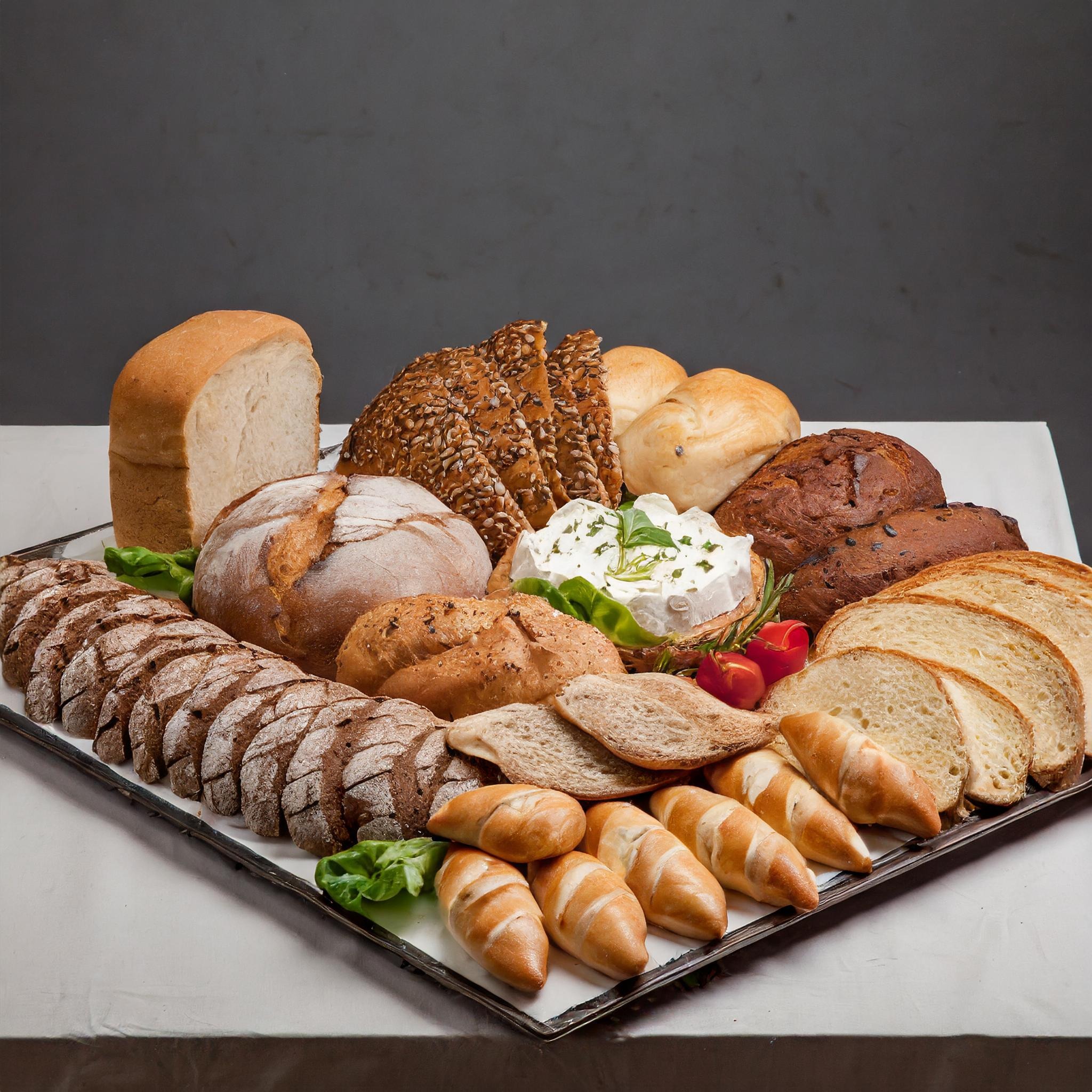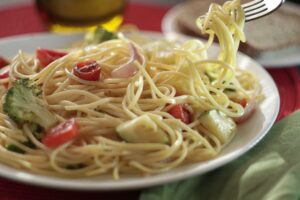Exploring the World of Healthy Breads

In the vast landscape of healthy eating, bread often receives mixed reviews. While some diets recommend limiting bread intake, it’s undeniable that bread, in its healthiest forms, can be a beneficial part of a balanced diet. The key lies in choosing the right types of bread that pack nutritional value without compromising on taste. Let’s embark on a journey through the world of healthy breads, exploring the various kinds that can enrich your meals.
Whole Grain Bread: The Whole Truth
Whole grain bread is the quintessential healthy bread choice. Unlike white bread, which is made from refined flour, whole grain bread includes the entire grain — the bran, germ, and endosperm. This means it’s higher in fiber, vitamins, and minerals. Regular consumption of whole grain bread can aid digestion, support heart health, and help in maintaining a healthy weight.
Sourdough: The Fermented Favorite
Sourdough bread has a unique taste and texture due to its fermentation process, which uses naturally occurring lactobacilli and yeast. This process reduces the bread’s phytic acid content, making it easier for your body to absorb the nutrients. The fermentation also gives sourdough a lower glycemic index, meaning it has a less significant impact on blood sugar levels compared to other breads.
Sprouted Grain Bread: Unlocking Nutrients
Sprouted grain bread is made from whole grains that have been allowed to sprout, or germinate. This process enhances the nutritional profile of the grains, increasing their antioxidant levels, and making the vitamins and minerals more bioavailable. Sprouted grain bread is also a good source of protein and fiber, making it a hearty choice for health-conscious individuals.
Rye Bread: More Than Just Fiber
Rye bread, especially when made from whole rye grains, offers a dense, flavorful alternative to traditional wheat bread. It’s particularly rich in fiber, which helps in maintaining a healthy digestive system. Rye bread also contains a unique type of fiber called arabinoxylan, known for its high antioxidant activity.
Gluten-Free Breads: A Celiac-Friendly Option
For those with celiac disease or gluten sensitivity, gluten-free breads offer a safe alternative to traditional wheat bread. These breads are typically made from a blend of gluten-free flours such as almond, coconut, rice, or buckwheat flour. When choosing gluten-free bread, it’s important to look for options that are high in fiber and fortified with vitamins and minerals to ensure nutritional adequacy.
Tips for Choosing Healthy Breads
- Read the Ingredients: Look for bread that lists whole grains as the first ingredient and contains minimal added sugars and unhealthy fats.
- Fiber Content: Aim for bread that provides at least 2 to 3 grams of fiber per slice.
- Minimal Processing: The less processed the bread, the better. Look for bread with a short, recognizable list of ingredients.
- Nutritional Value: Consider bread that is fortified with additional nutrients like vitamins B and D, calcium, and iron.
Conclusion
Bread can indeed be part of a healthy diet when chosen wisely. By opting for whole grain, sourdough, sprouted grain, rye, or gluten-free varieties, you can enjoy the comfort and convenience of bread without sacrificing your health goals. Remember, the best kind of bread is one that not only nourishes your body but also satisfies your taste buds. So, next time you’re navigating the bread aisle, consider these healthier options for a wholesome addition to your diet.



